
Welcome to the capital of Germany, a city full of history, culture, and creativity – Berlin! This dynamic metropolis, located in the northeastern part of Germany, is one of the most important cultural and artistic centers in Europe. Known for its incredible historical heritage, multicultural character, and modern artistic scene, Berlin attracts tourists from all over the world with its unique and surprising lifestyle.
Berlin is a city with a rich history that is still present in its architecture, landmarks, and atmosphere. After World War II, Berlin was divided by the Berlin Wall, which symbolized the division between the East and the West. Today, after the fall of the wall in 1989, Berlin is one of the most important symbols of German reunification and has a rich history to tell. When visiting the city, you can discover traces of the past, such as the Brandenburg Gate, remnants of the Berlin Wall, and the famous Checkpoint Charlie. Berlin is also a place of remembrance of the cruel Nazi times, such as the Jewish Museum, the Holocaust Memorial, and Bebelplatz, where book burnings took place in 1933.
However, Berlin is not just a place full of history – it is also a city where culture and art flourish. Berlin is known for its unique artistic scene that attracts artists from all over the world. Districts such as Kreuzberg, Friedrichshain, and Neukölln are a Mecca for artists, designers, musicians, and creative spirits. You can find independent art galleries, unconventional exhibition spaces, colorful street art, and unique handmade shops there. The city is also famous for its developed club scene, which cannot be missed, especially if you are a fan of electronic music.
Berlin is also a city known for its tolerance and diversity. The inhabitants of Berlin come from different nationalities, cultures, and religions, making the city incredibly cosmopolitan. You can meet people with different lifestyles, interests, and beliefs there. This makes Berlin open to diversity and inspires acceptance and understanding of other cultures and people.
Short History
Berlin, the capital of Germany, has a rich and complex history that dates back thousands of years. Known as one of the most important political, cultural, and economic centers of Europe, Berlin has undergone many changes and transformations over the centuries.
The origins of Berlin date back to the 13th century, when a small settlement was founded in what is now the Alt-Berlin district. In the 14th century, Berlin became the seat of the Hohenzollern dynasty, and in the 17th century, the city began to develop as a center of culture and science. In the 18th century, Berlin became the capital of the Kingdom of Prussia, and in the 19th century, the German Empire.
In the 20th century, Berlin witnessed many important events that had a significant impact on world history. During the interwar period, Berlin was one of the most important cultural and artistic centers in Europe, but it was also a site of growing political conflict, which led to the downfall of the Weimar Republic and the rise of Adolf Hitler.
During World War II, Berlin was one of the main theaters of war. After the war, the city was divided by the victorious powers into four sectors: American, British, French, and Soviet. As a result of the Cold War, Berlin became one of the most important symbols of the world’s division into East and West, and in 1961, the famous Berlin Wall was built, dividing the city into two parts.
The fall of the Berlin Wall in 1989 was a turning point in the history of Berlin and Europe as a whole. As a result of the unification of Germany in 1990, Berlin regained its status as the capital of a united country. Since then, Berlin has become a symbol of unity, freedom, and creativity. Over the past few decades, Berlin has transformed into one of the most important cities in the world, full of contrasts, with a unique style, culture, and history.
Today, Berlin is a dynamic city that attracts tourists from all over the world with its unique atmosphere, rich cultural offerings, monuments, creative art scene, and diverse cuisine. It is a city full of contrasts, where the past and the future, tradition and modernity, come together.
What to see while in Berlin?
Here are a few extraordinary places worth seeing during your trip to Berlin:
- Brandenburg Gate – one of the most iconic landmarks in Berlin and a symbol of Germany’s unification after the fall of the Berlin Wall. It can be admired both during the day and at night when it is beautifully illuminated.
- Museum Island – a complex of five museums located on Museum Island, recognized as a UNESCO World Heritage Site. Among them are the Pergamon Museum with the famous Pergamon Altar and the Neues Museum, where you can admire the renowned sculpture of Nefertiti.
- The Berlin Wall Memorial – the site where the historic Berlin Wall once stood. Today, it is an important memorial and a space for reflection on the history of Germany’s division and reunification.
- East Side Gallery – the longest surviving stretch of the Berlin Wall, transformed into an open-air art gallery. You can admire incredible murals that are a testament to freedom and creativity.
- Reichstag Building – the seat of the German Bundestag, the federal parliament. You can climb to the rooftop terrace, which offers an impressive view of the city.
- Tiergarten Park – a huge park in the center of Berlin, ideal for walks, picnics, and relaxation. You can also visit Bellevue Palace, the residence of the President of Germany, and the Victory Column, one of the symbols of the city.
- Jewish Museum – one of the most important museums dedicated to the history and culture of Jews in Europe. You can learn about the fascinating history of the Jewish community in Berlin and have an emotional experience while exploring the museum’s shaped interiors.
- Kreuzberg District – one of the most diverse and creative neighborhoods in Berlin, known for its independent art scene, clubs, cafes, vintage shops, and unique atmosphere. It is also a place where you can try a variety of world cuisines.
These are just a few of the many attractions that Berlin offers. It is a city that lives with history, culture, and creativity.
For some other city breaks see Dubrovnik.
Brandenburg Gate
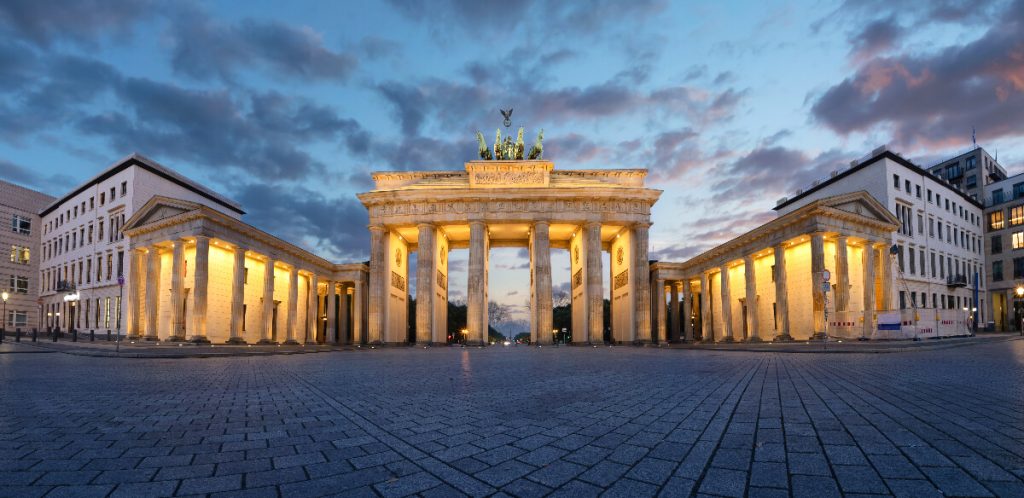
The Brandenburg Gate, an iconic landmark of Berlin and a symbol of the city’s unification, is one of the most important places to visit during a trip to the capital of Germany. It was built in the 18th century and is one of the last remaining elements of the old medieval city gate that served as an entrance to Berlin. The Brandenburg Gate is an impressive example of neoclassical architecture and is surrounded by a rich history. During the division of Berlin, the Brandenburg Gate was one of the symbols of the city’s division, becoming a place of demonstrations and protests. After the fall of the Berlin Wall, it became a symbol of unity and freedom. Today, it is an important tourist destination where visitors can feel the historical spirit of Berlin and admire the beauty of this impressive structure.
Museum Island
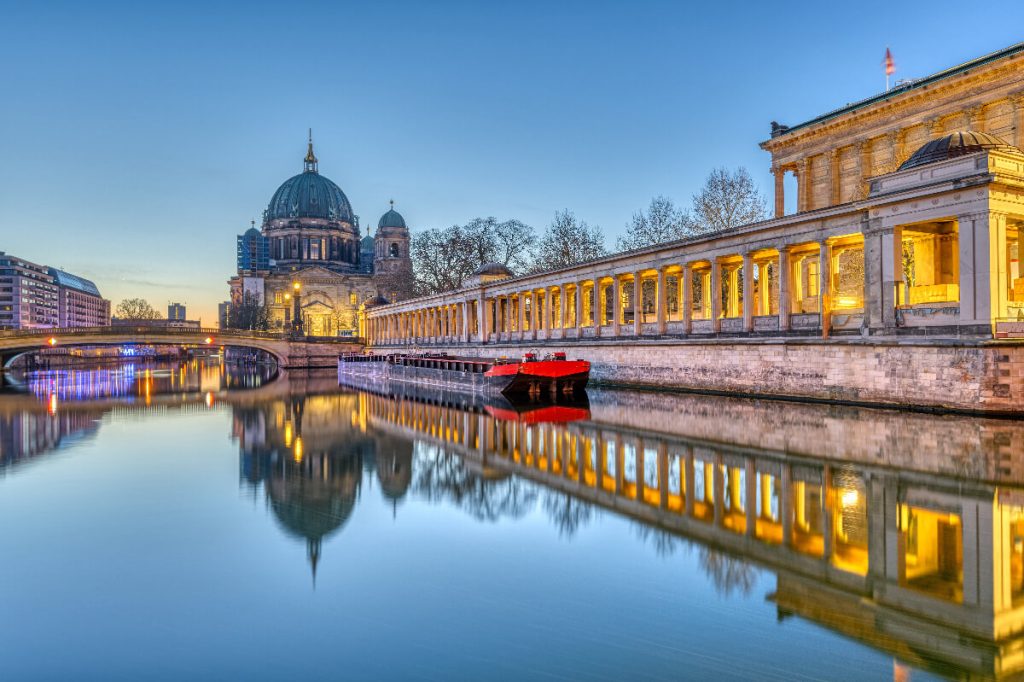
The Museum Island (German: Museumsinsel), located on the Spree Island in the center of Berlin, is a museum complex consisting of five unique museums: the Pergamon Museum, the New Museum, the Old Museum, the National Gallery of Old Master Paintings and Sculpture, and the Bode Museum. It is one of the most important cultural sites in Berlin and is also listed as a UNESCO World Heritage Site. The Museum Island is a true paradise for art, history, and culture lovers, offering extraordinary collections of art, sculpture, archaeological objects, and many other exhibits from different eras and cultures. It offers a fascinating journey through thousands of years of history, presenting extraordinary works of art from different parts of the world. The Museum Island is a real treasure for culture and art enthusiasts who want to explore the richness of Berlin’s cultural and historical heritage.
The Place of Unity

The Place of Unity (German: Platz der Republik), known as the site of German reunification, is one of the most important historical sites in Berlin. The Reichstag building, which is the seat of the German parliament, the Bundestag, is located there. It was on the Place of Unity, after the fall of the Berlin Wall in 1989, that the official ceremony for the reunification of Germany took place on October 3, 1990. This unique place is a symbol of the peaceful revolution and unity of the German people who overthrew the old regime and brought about the unification of the country. The Reichstag building itself is an impressive architectural monument, with its characteristic glass dome offering spectacular views of the panorama of Berlin. The Place of Unity is a place full of history and emotions, reminding us of the momentous event of German reunification and is an important place to visit during a trip to Berlin.
The East Side Gallery
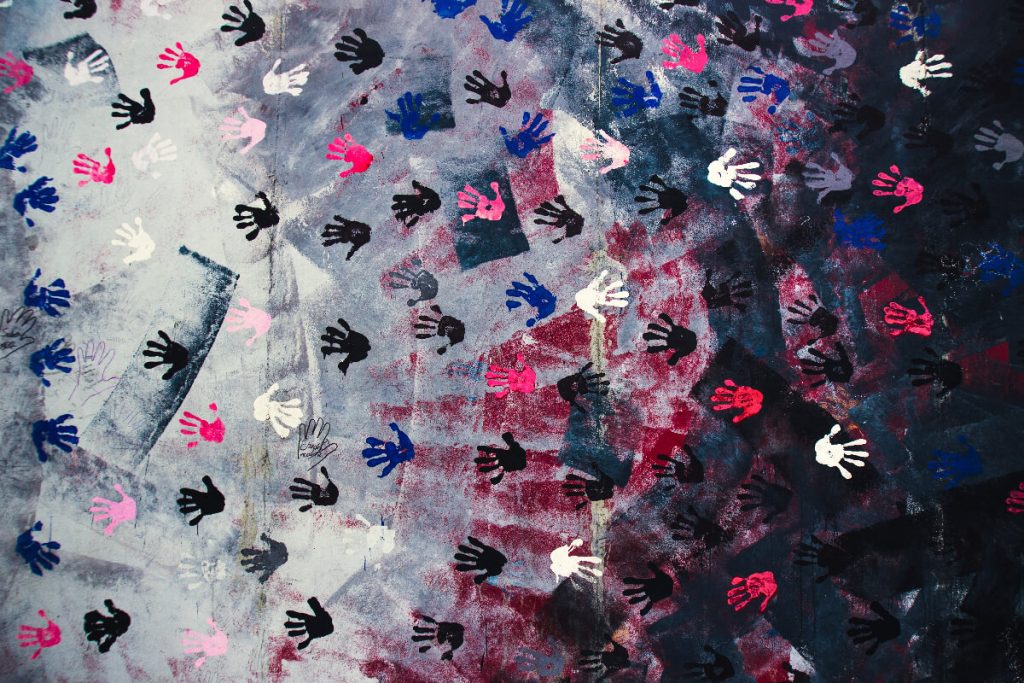
The East Side Gallery is one of the most important places of historical and artistic significance in Berlin. It is the longest surviving stretch of the Berlin Wall, which has been transformed into an open-air street art gallery. The East Side Gallery stretches for about 1.3 km and showcases over 100 murals painted by artists from all over the world. This extraordinary gallery is both a symbol of the past and present of Berlin, showcasing the history of the city’s division and the spirit of freedom and creativity of its inhabitants. The murals depict diverse messages, from political and social to artistic and humorous, creating a unique combination of art, history, and emotions. The East Side Gallery is one of the most photogenic places in Berlin, attracting both art lovers and those interested in the history and culture of the city. It is definitely a place worth visiting to feel the spirit of freedom and see the remarkable transformation of the Berlin Wall into an outdoor art gallery.
Reichstag Building
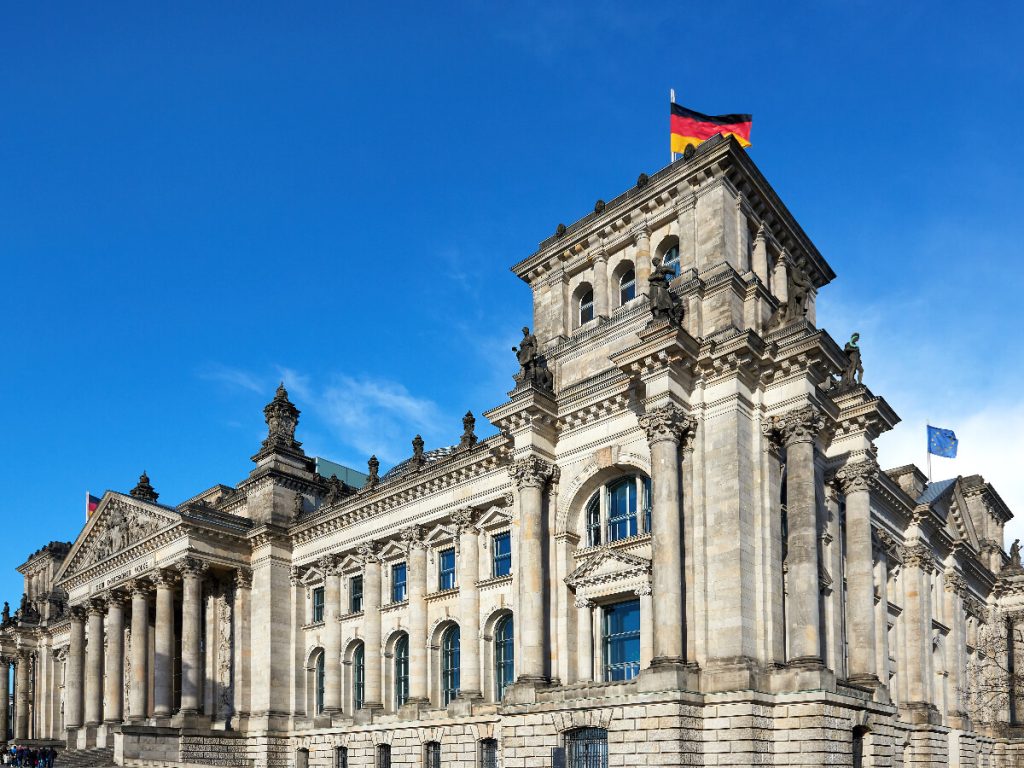
The Reichstag Building is one of the most important architectural landmarks in Berlin, serving not only as a parliament but also bearing witness to the tumultuous history of the city. Built in 1894, the Reichstag was originally the seat of the German parliament before World War I. However, its history is full of twists and turns – it burned down in 1933 during a fire, and then stood abandoned for many years after the end of World War II. After the reunification of Germany in 1990, the Reichstag was thoroughly reconstructed and regained its role as the seat of the Bundestag, the German parliament. Visiting the Reichstag is not only important for its historical significance but also for its architecture. Its distinctive glass dome provides spectacular views of the Berlin skyline, making it a popular tourist destination. Additionally, the Reichstag is surrounded by a vast courtyard where visitors can relax and admire the surrounding landmarks. A visit to the Reichstag building is a must-see during a trip to Berlin, combining history, architecture, and city views.
Tiergarten Park
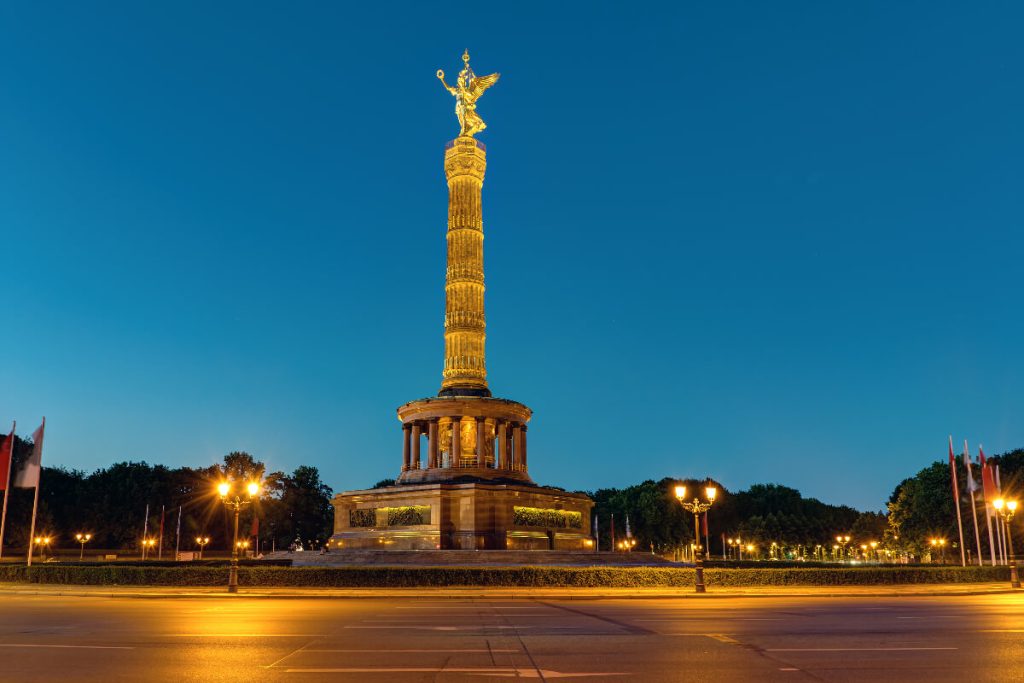
Tiergarten Park is a huge, picturesque urban park in the heart of Berlin, which is an excellent place for relaxation, outdoor recreation, and contemplation of nature. Covering an area of about 520 hectares, Tiergarten Park is one of the largest urban parks in Europe, with vast green areas, forests, ponds, and walking paths. The park is also associated with the rich history of Berlin – originally, it was a royal hunting ground, and then it was transformed into a public space for residents. Currently, it is a popular meeting place, relaxation, and recreation for both local residents and tourists. Tiergarten Park has many attractions, such as the „Victory Column” statue, various sculptures and monuments, cafes and restaurants, playgrounds, bike paths, and picnic areas. In the summer season, the park also attracts culture lovers due to concerts and outdoor events. Walking through Tiergarten Park, visitors can take a break from the hustle and bustle of the city, enjoying the beauty of nature and the peace and relaxation in one of the greenest corners of Berlin.
Kreuzberg
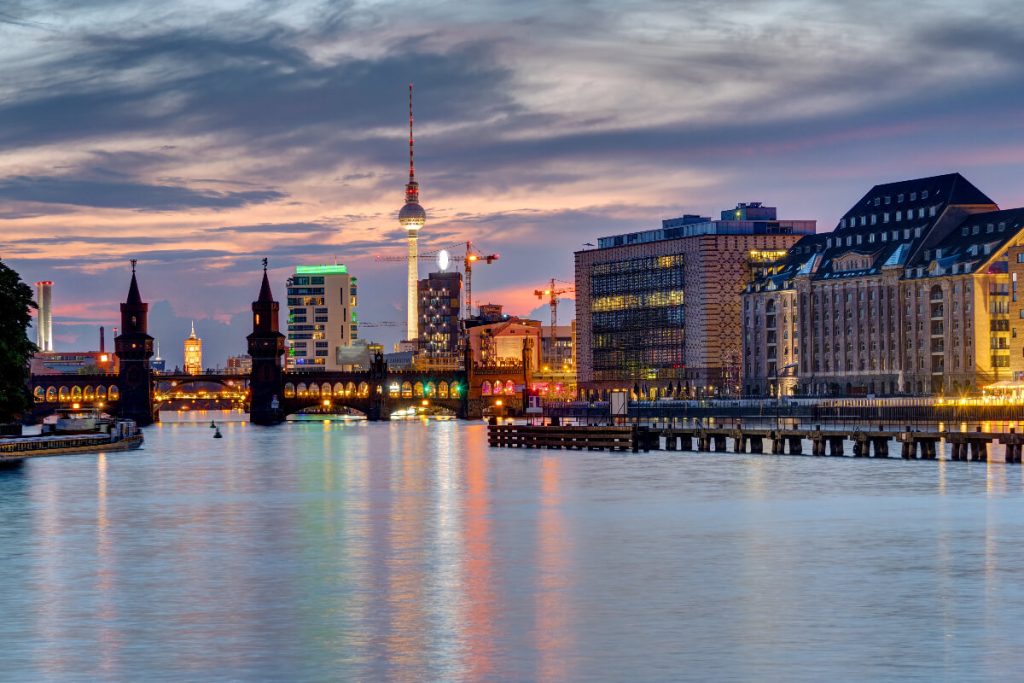
Kreuzberg is one of the most notable neighborhoods in Berlin, known for its unique character, culture, and history. This multicultural district is a symbol of the city’s ethnic, artistic, and social diversity. Kreuzberg is a well-known gathering place for artists, activists, immigrants, and people of different sexual orientations, giving it a unique atmosphere of tolerance and openness. The district is also associated with an independent music, club, and art scene that attracts people from all over the world. Kreuzberg is famous for its colorful murals, bohemian atmosphere, crowded streets, boutiques, cafes, restaurants, and the popular Turkish market „Kreuzberg Market” (also known as „Oriental Market”), where you can try authentic Middle Eastern dishes. The district is also famous for „Kottbusser Tor,” a legendary intersection and meeting place for the local community. Kreuzberg is also a popular place for walks along the Landwehrkanal canal, where you can relax on grassy banks or rent a bike from one of the many bike rental shops. For those looking for the unique character of Berlin, Kreuzberg is an absolute must-visit.
Jewish Museum
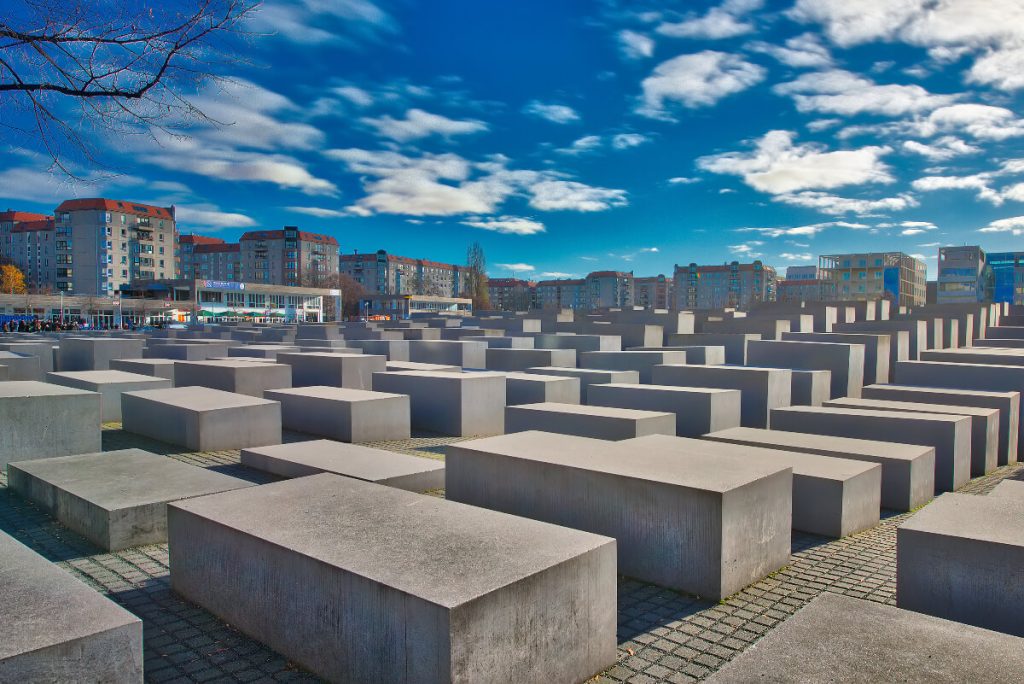
The Jewish Museum Berlin is one of the most important museums dedicated to the history and culture of Jews in Germany. Also known as the „Jüdisches Museum Berlin” in German, it is a unique place that not only serves as an important testimony to the tragic history of the Holocaust, but also celebrates the long and rich history of the Jewish community in Berlin. The museum was opened in 2001 and consists of the main building designed by architect Daniel Libeskind and the surrounding area, which includes gardens, a courtyard, and a tower. The museum’s interiors offer an impressive exhibition that presents the history and culture of Jews in Germany over the centuries, from their settlement in this region to contemporary times. The museum also features numerous exhibitions dedicated to the Holocaust, with moving exhibits and stories of the tragic fate of German Jews during World War II. In addition, the museum hosts a variety of cultural events, educational workshops, concerts, and temporary exhibitions that allow visitors to immerse themselves even deeper in the fascinating world of Jewish culture. For those interested in the history, culture, and heritage of Jews in Berlin, the Jewish Museum is an essential place to visit.
Safety in Berlin
When traveling to Berlin, it is important to keep in mind the issue of safety, especially in crowded tourist areas such as train stations or tourist attractions. Although Berlin is generally considered a safe city, like any large city, thefts, scams, and minor crimes do occur. Therefore, it is advisable to exercise caution, especially around metro and bus stations where crowds of people can facilitate thefts and scams. While sightseeing, it is also important to pay attention to personal belongings such as wallets or phones, and to avoid leaving them unattended. Additionally, in some tourist areas, you may come across groups of unwanted guides who try to make money from tourists by misleading them or offering illegal services such as unauthorized guiding. In such situations, it is best to be cautious and avoid such offers. Despite these warnings, Berlin remains a safe city, and adhering to basic safety principles will allow you to enjoy your visit to this beautiful city without any unpleasant incidents.
